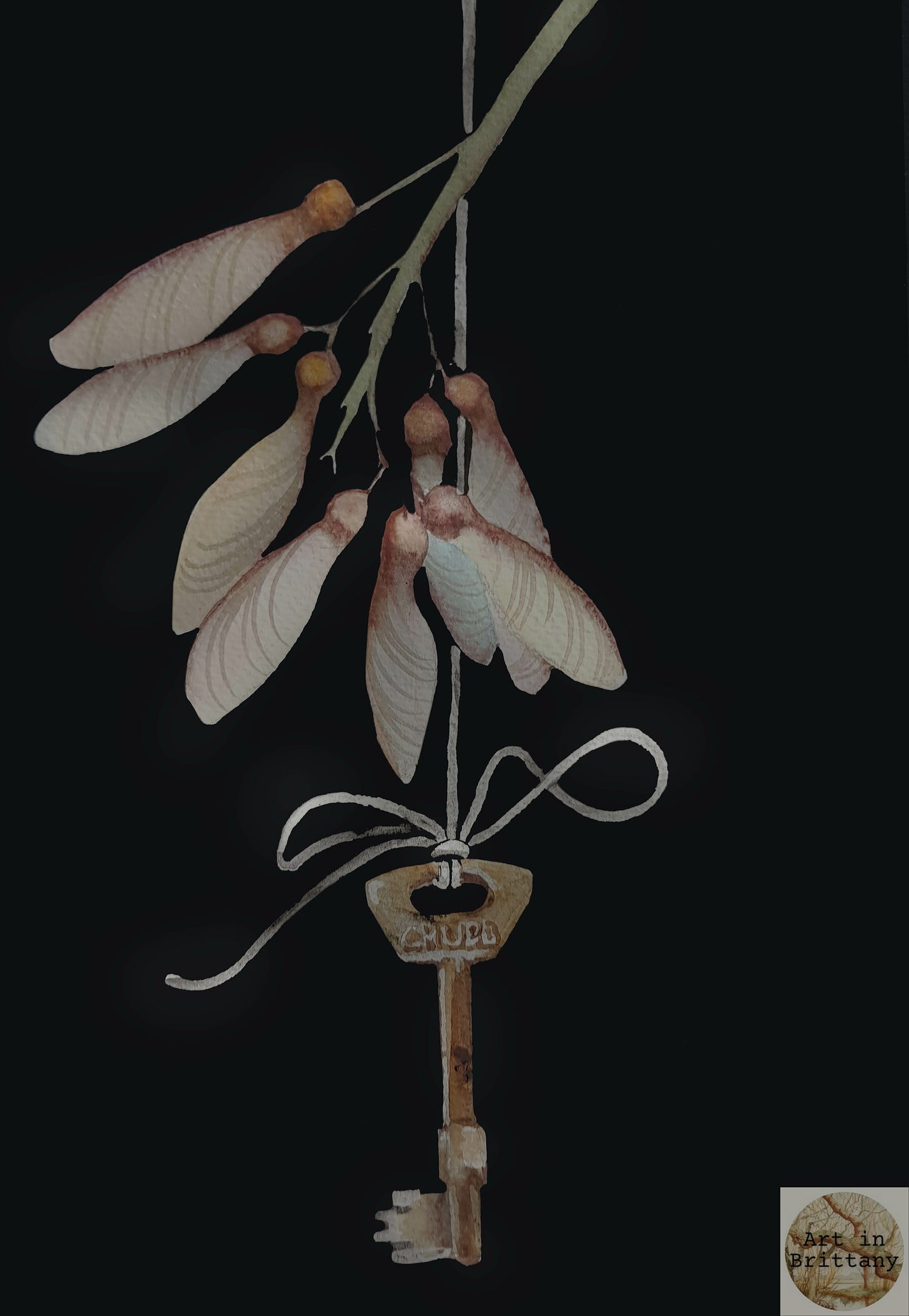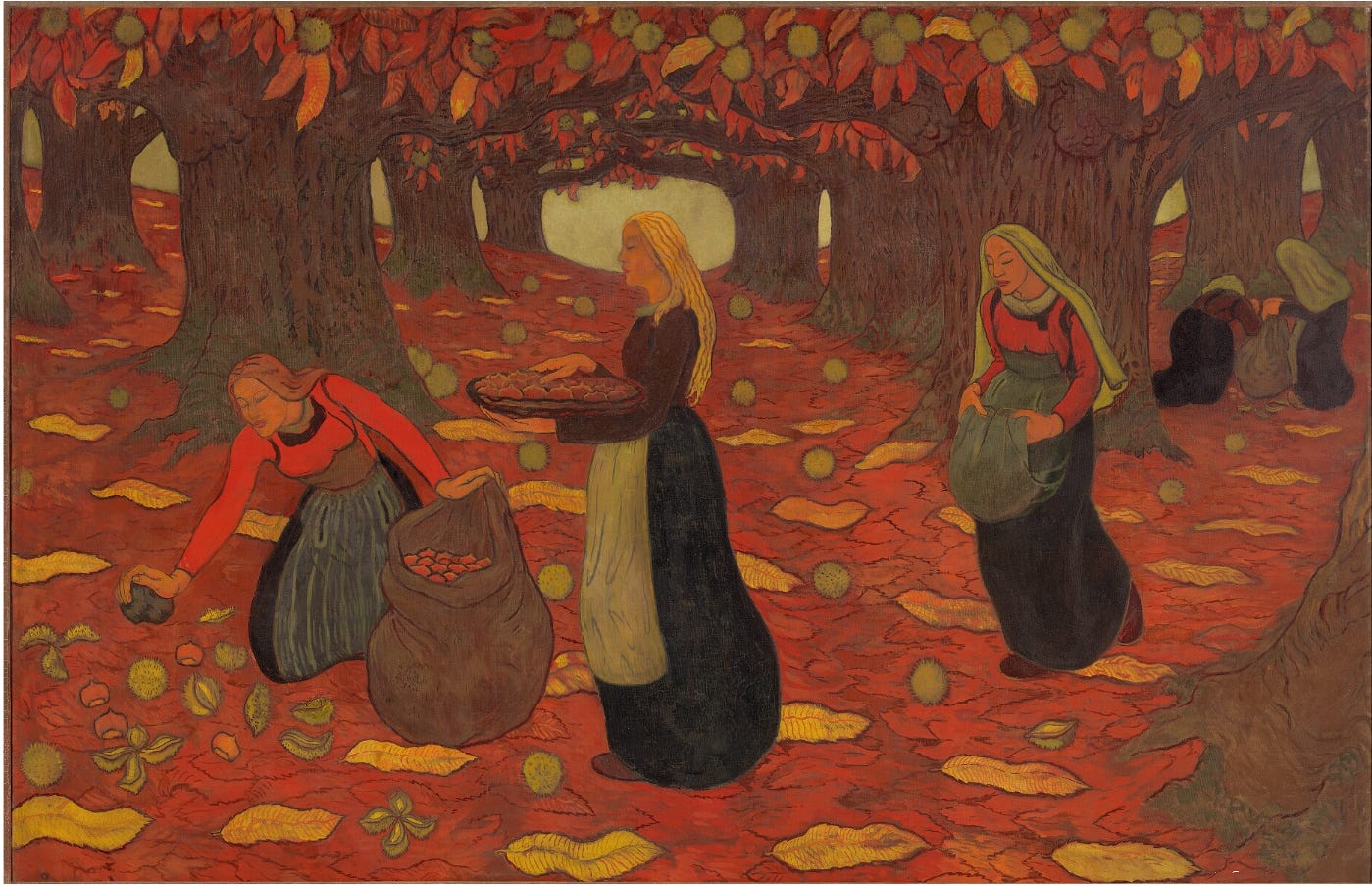🌳As the leaves crisp and curl, the forest floor becomes full of treasure —acorns tucked into mossy hollows, chestnuts gleaming like polished mahogany, and hedgerow fruits softening in the mist. This year, the trees have spoken in abundance: a mast year, when nature tips her basket and floods the land with seed. It’s a survival strategy - by overwhelming seed-eaters with abundance, some seeds escape and grow. These years ripple through the ecosystem—boosting squirrel populations, feeding jays, and even influencing tick numbers.
In class we’ve painted and drawn studies of seasonal bounty.
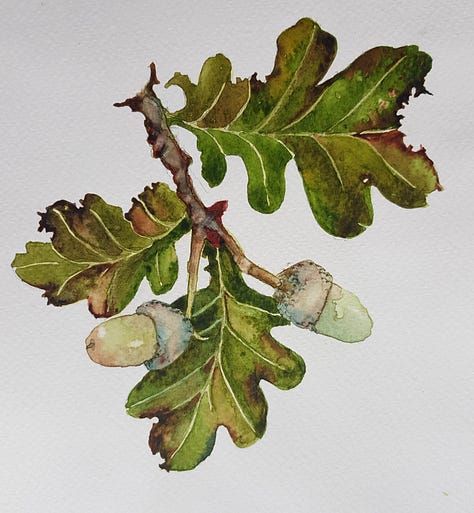
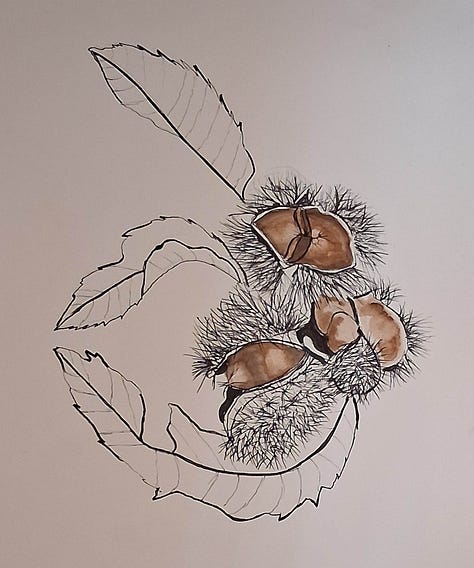
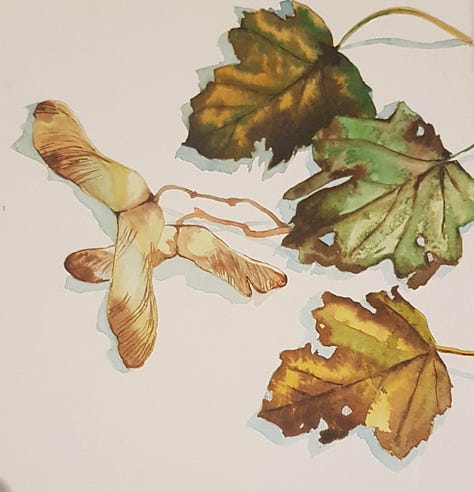
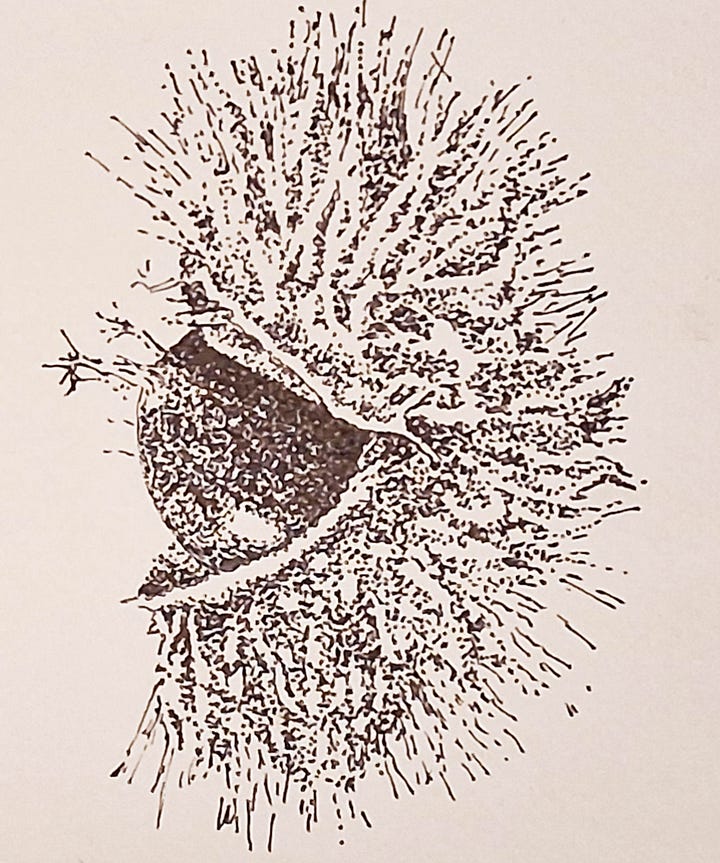
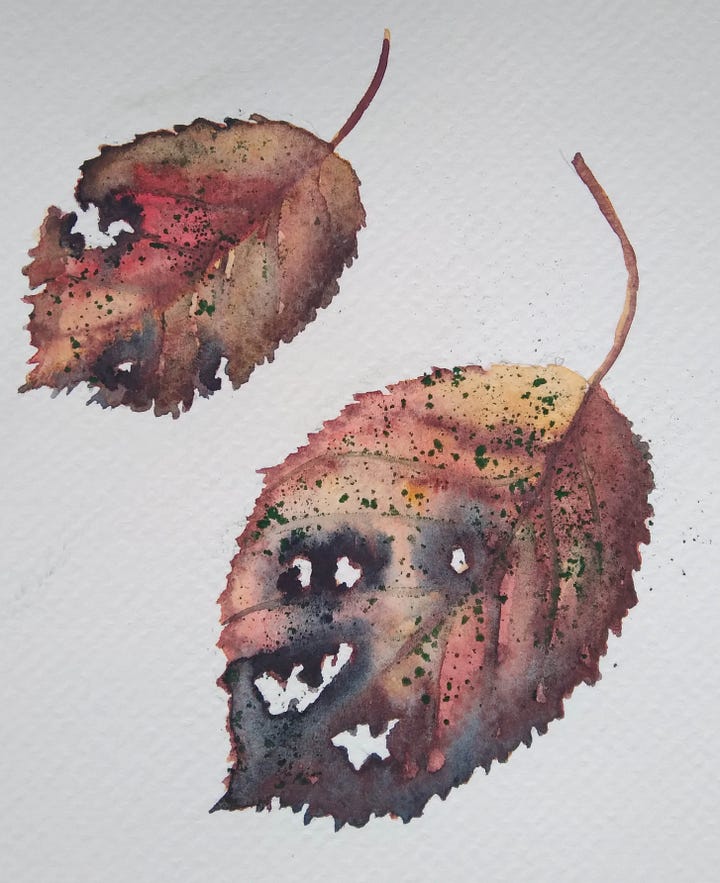
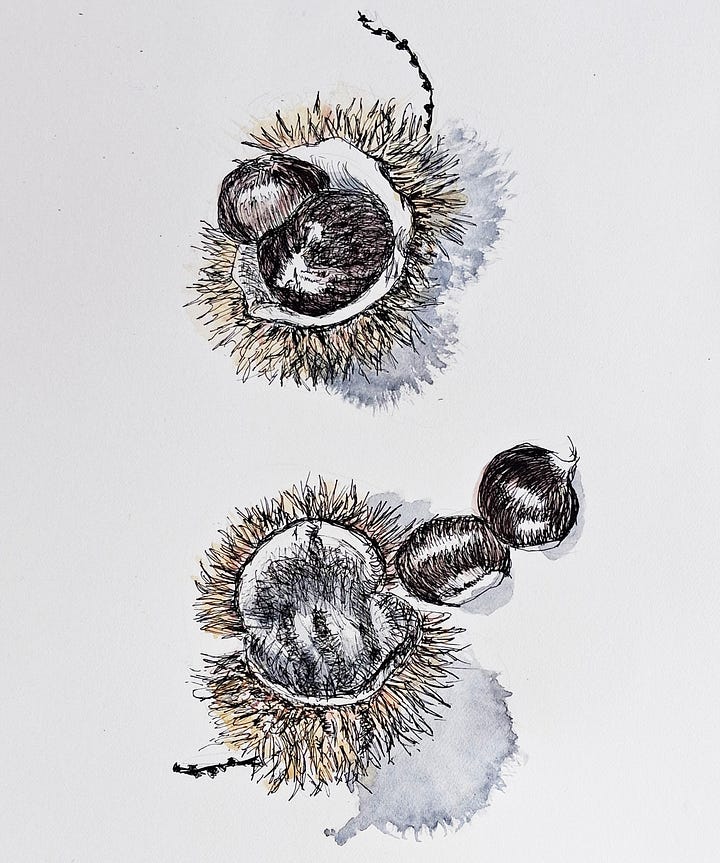
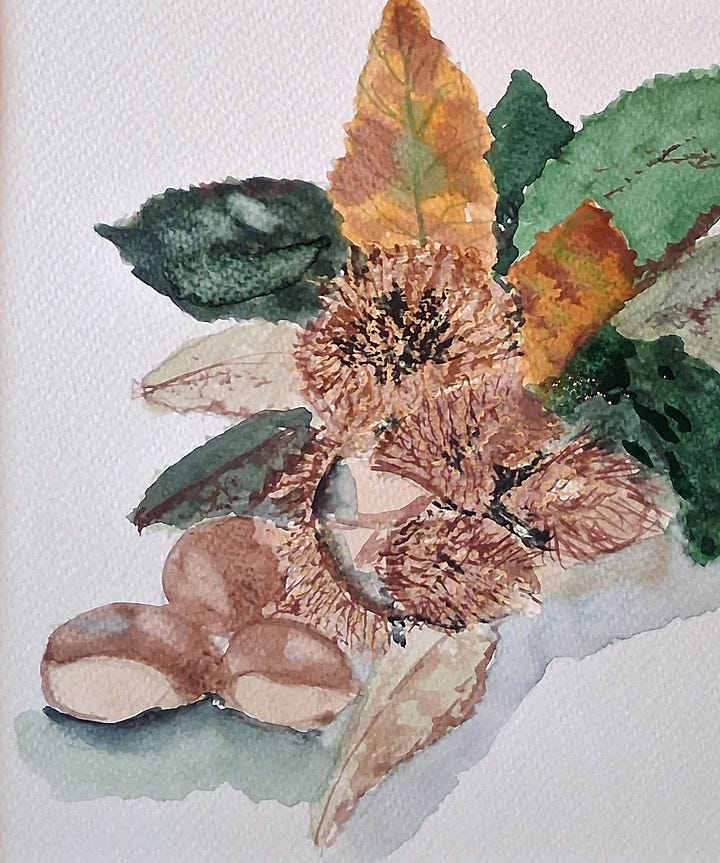
These illustrations are not just nature studies—they’re invitations to notice, to gather, to remember.
🐿️ Folklore & Foraging
In rural Brittany, mast years were once seen as omens—of harsh winters, of good hunting, of divine generosity. Children gathered chestnuts for roasting, elders brewed infusions from hawthorn, and the forest became a pantry.
🌰 Folklore: The Chestnut Pact
In the forests of Argoat, it’s said that the chestnut trees once made a pact with the wind. Long ago, when winters grew cruel and food was scarce, the trees begged the wind to carry their seeds far and wide. In return, they promised to drop their fruit in years of hardship, so no creature would starve.
The wind agreed—but only if the trees kept silent in the years between. So, the mast years came like waves of generosity, sudden and abundant, followed by quiet seasons of waiting.
Old villagers would say, “Quand les châtaignes tombent en foule, l’hiver sera rude mais le ventre plein.”
(When chestnuts fall in crowds, the winter will be harsh—but the belly will be full.)



